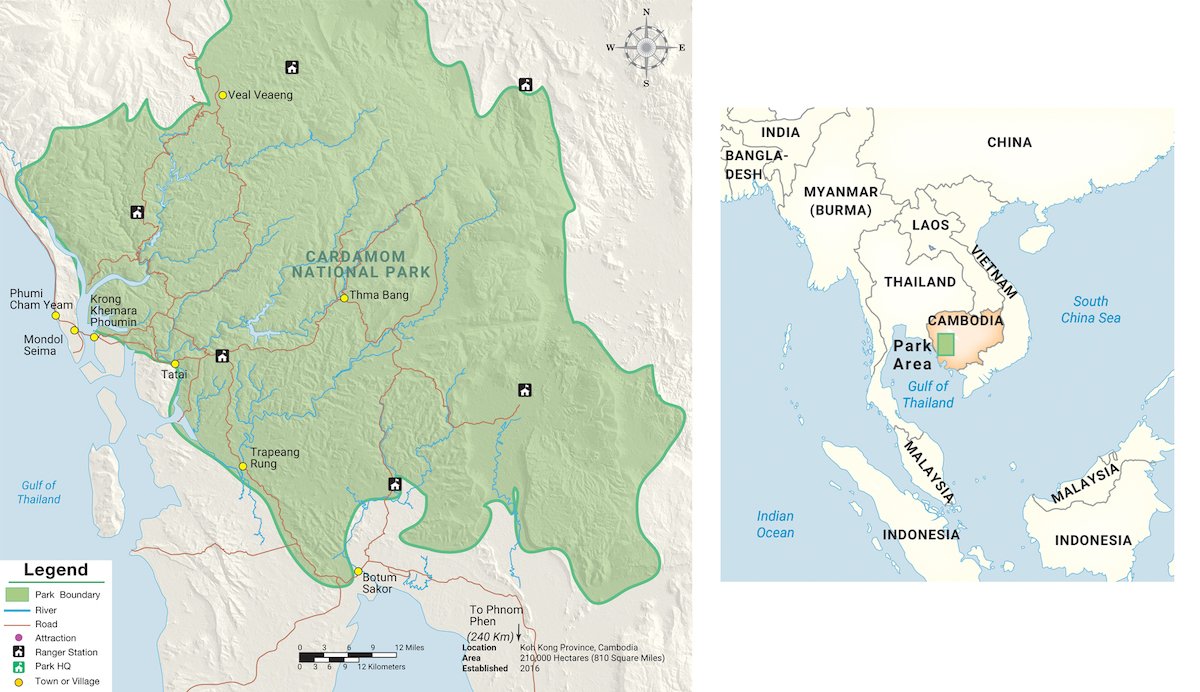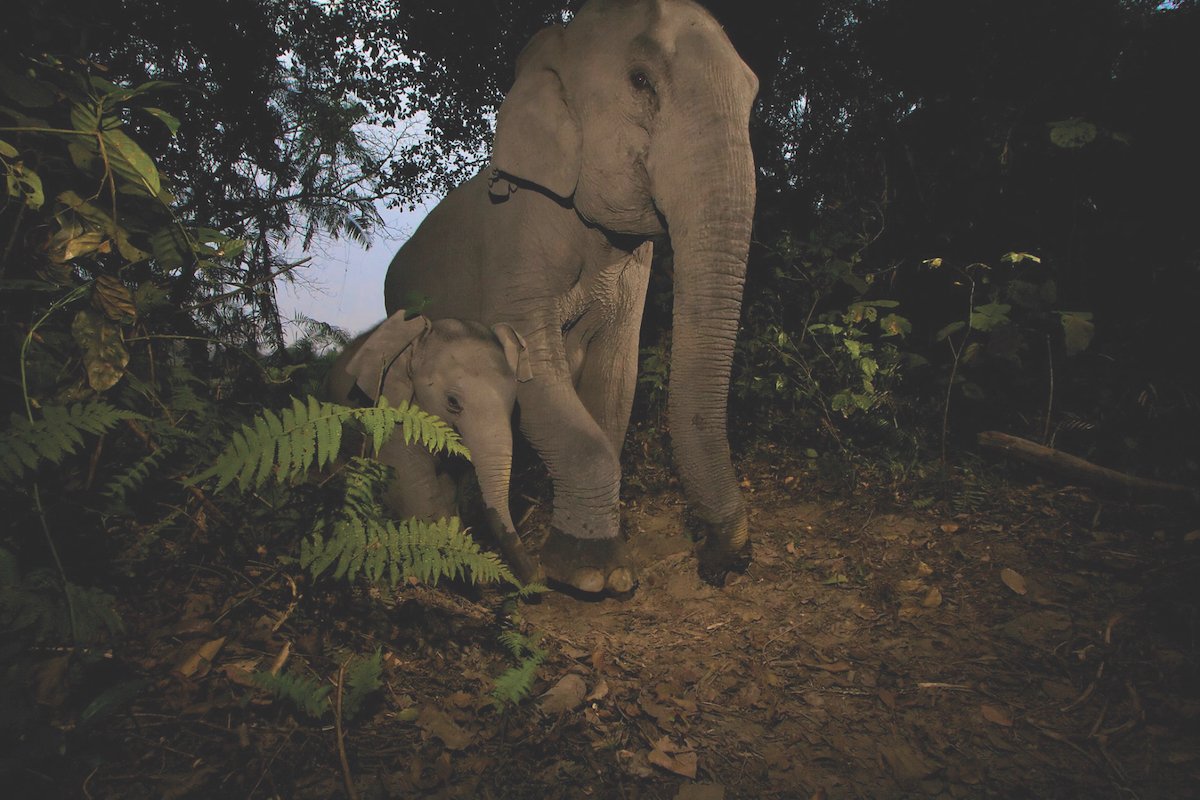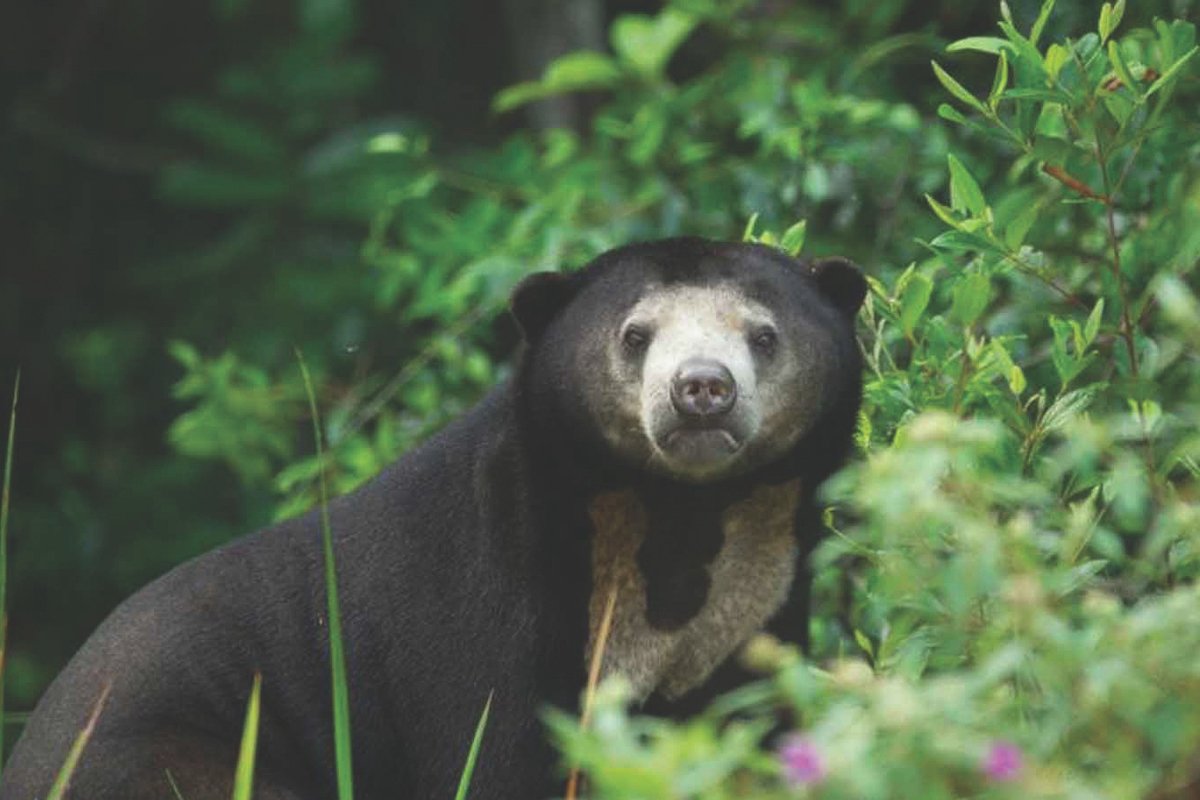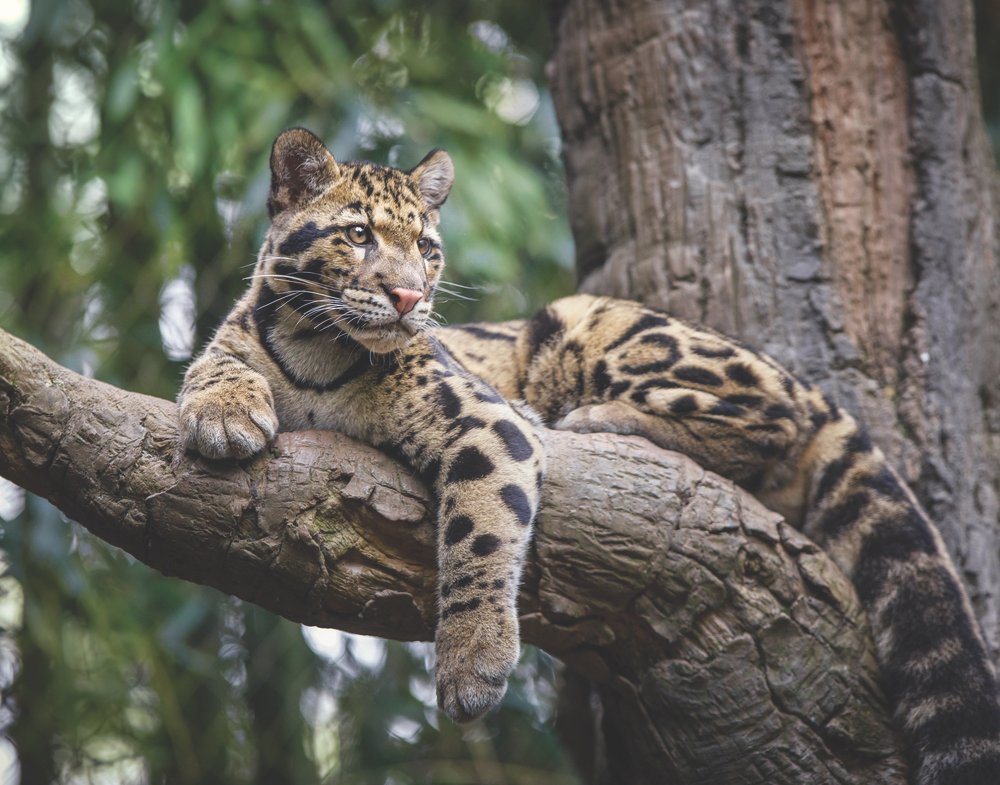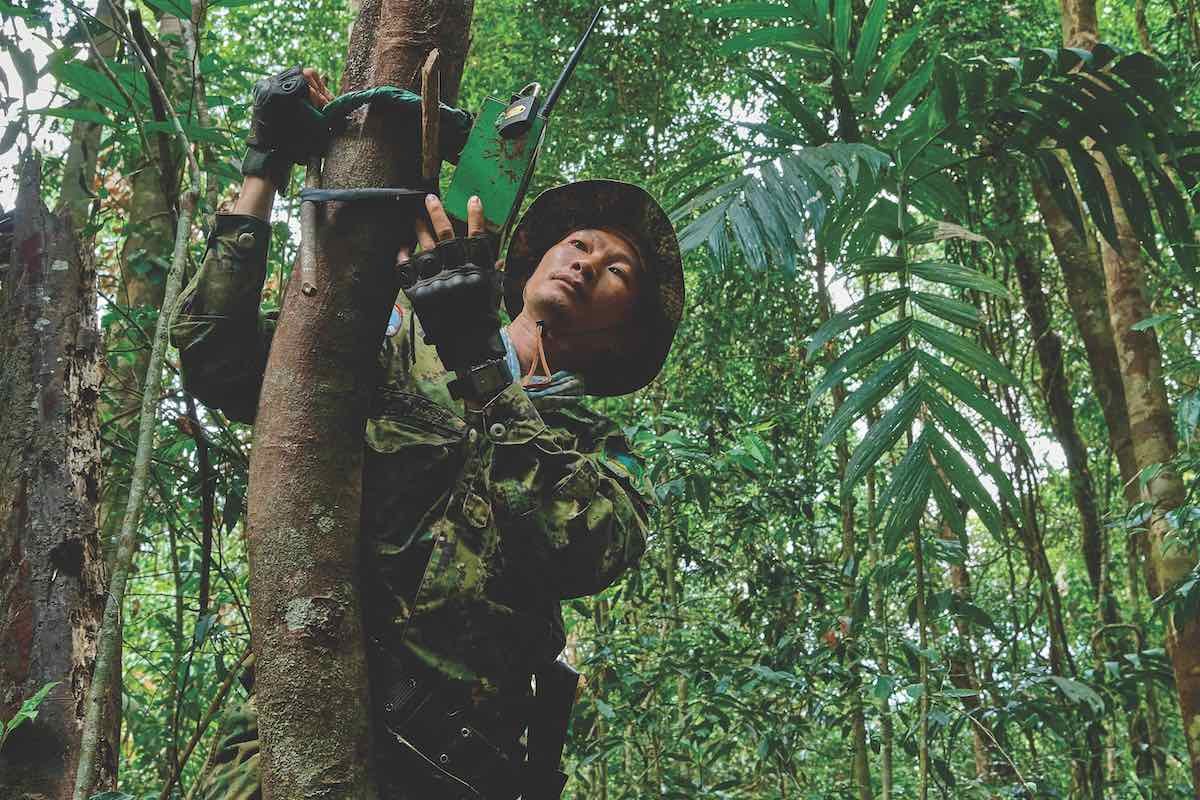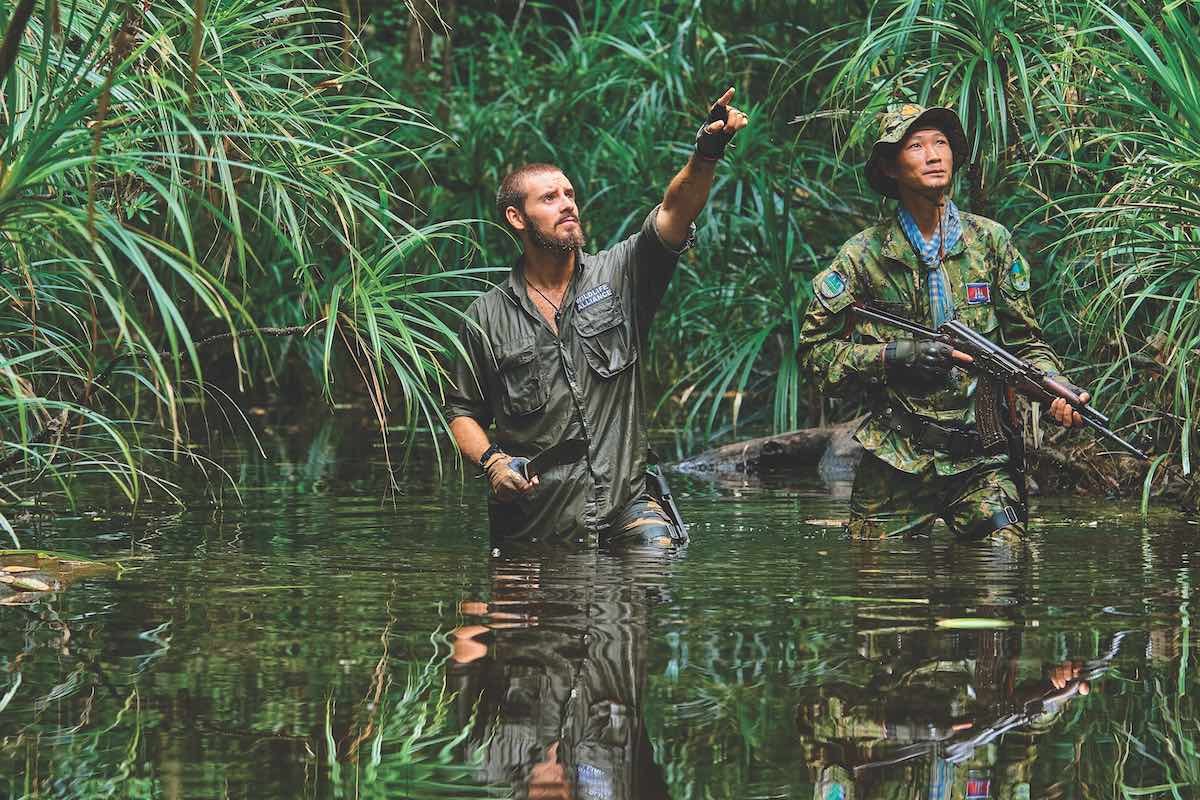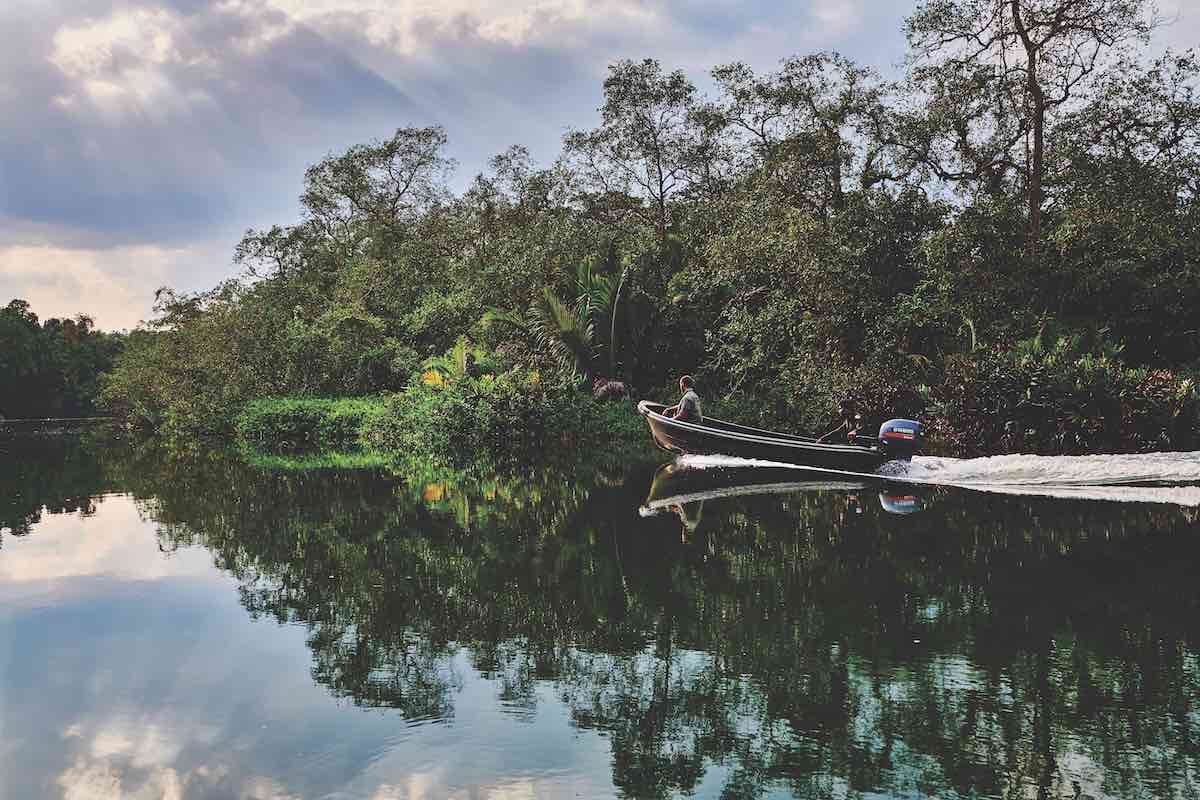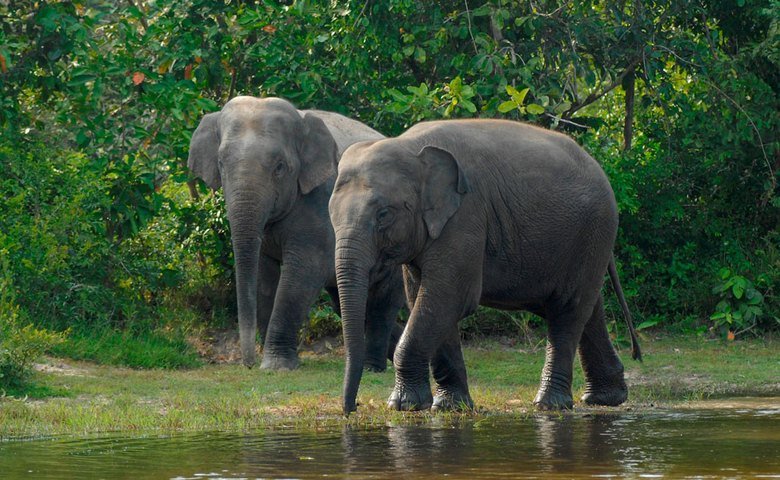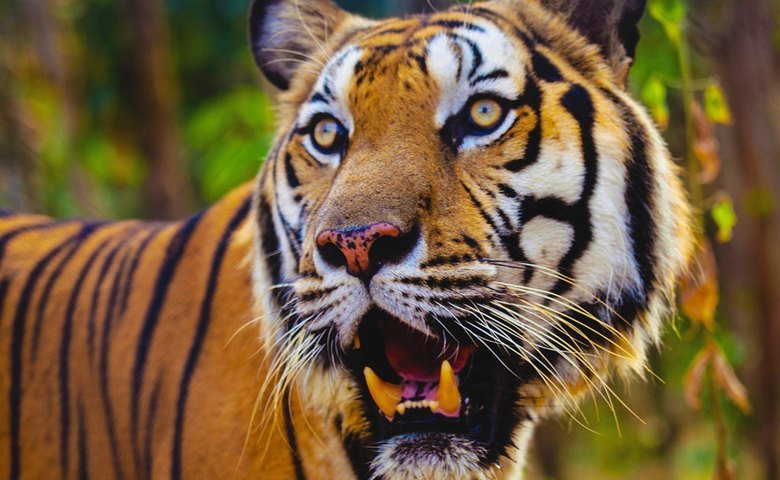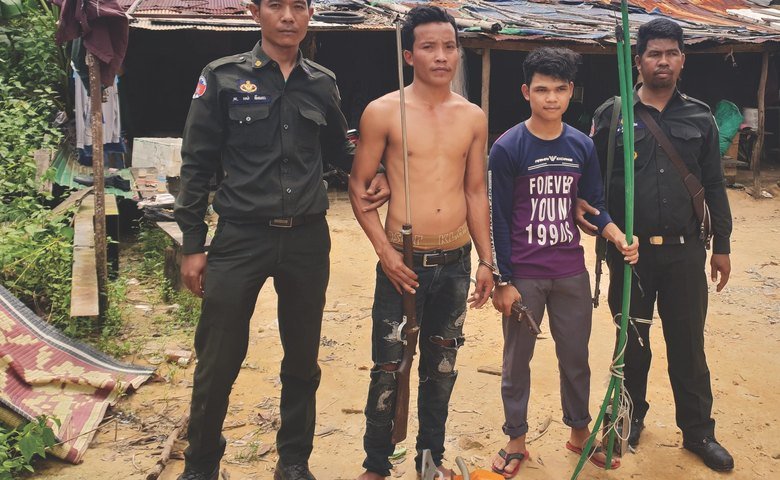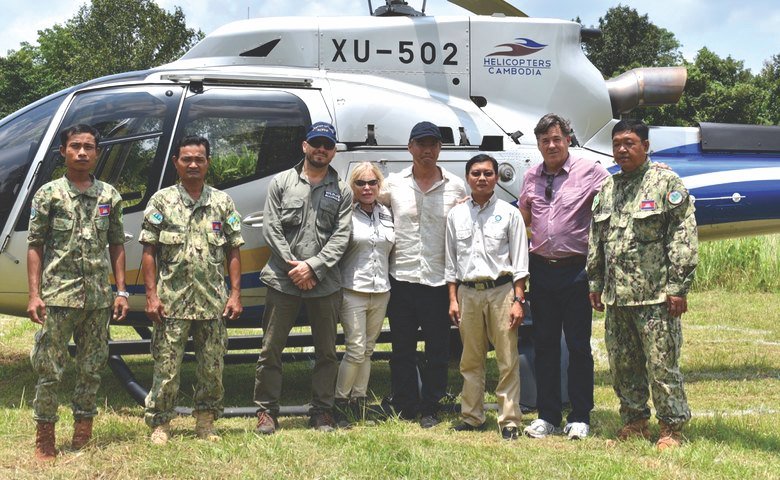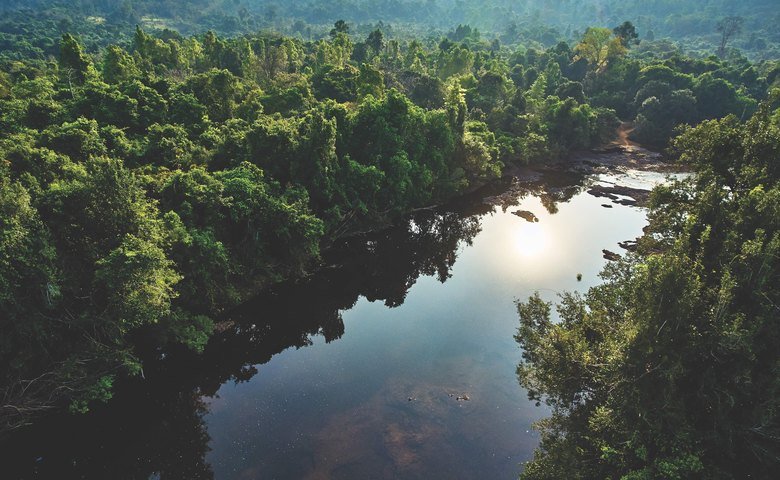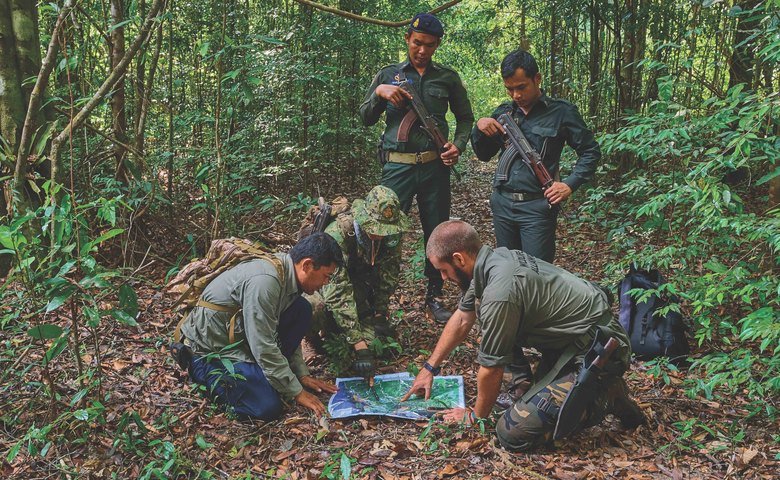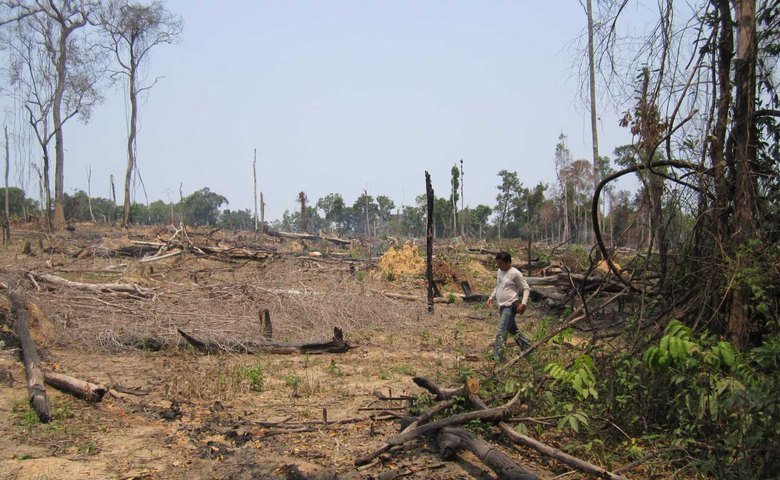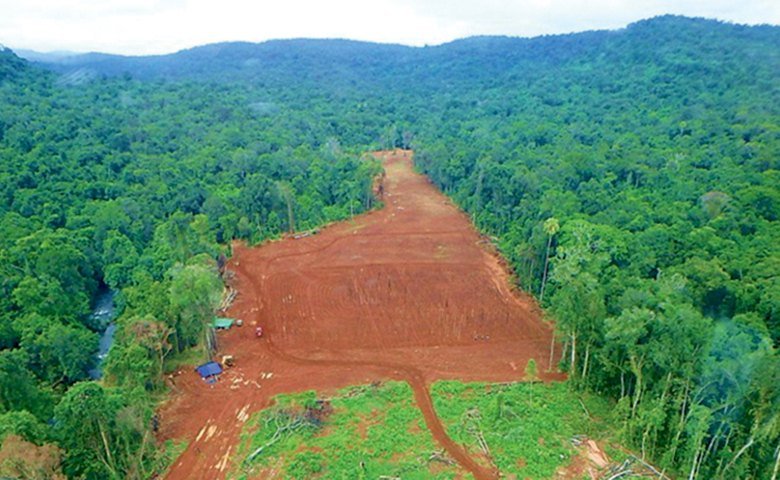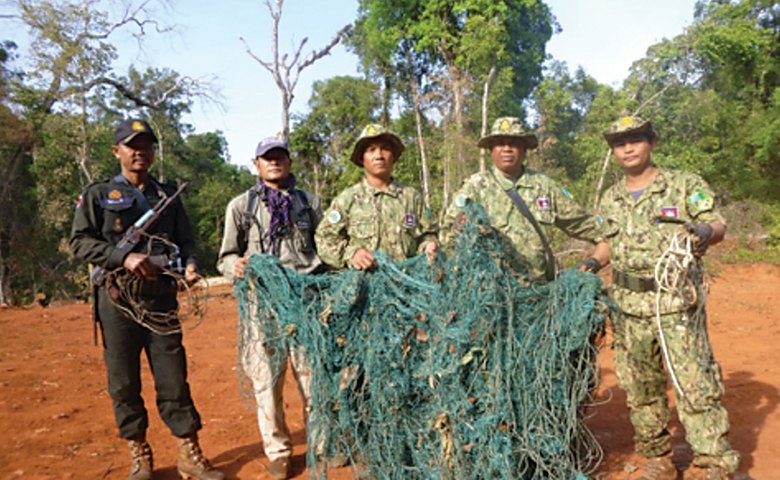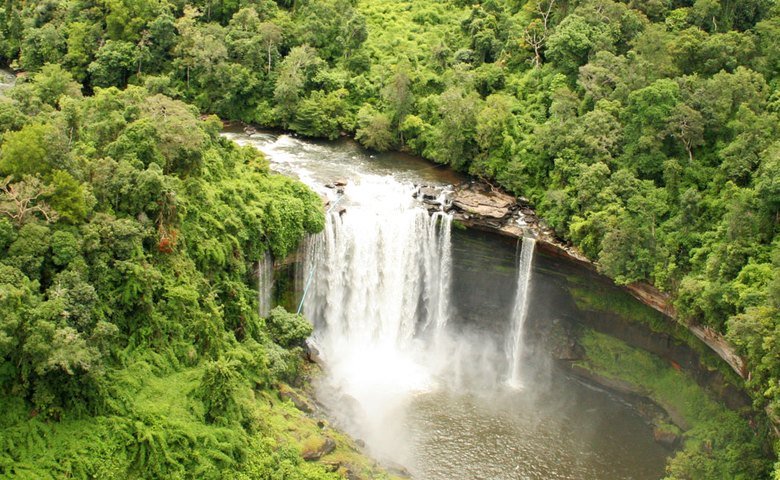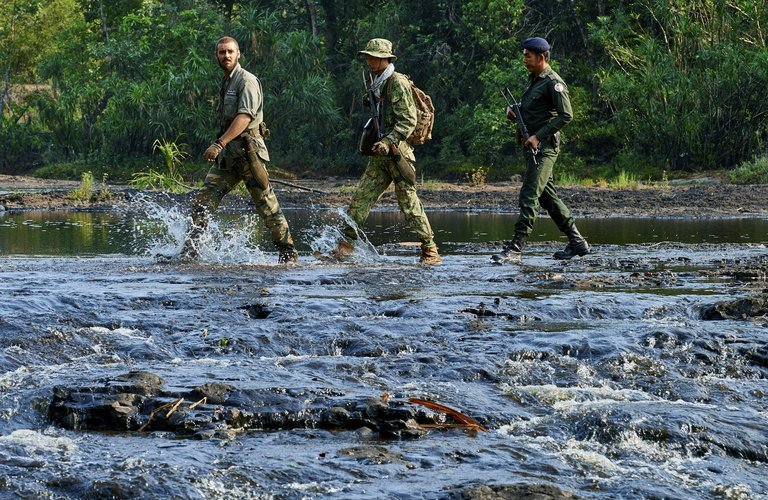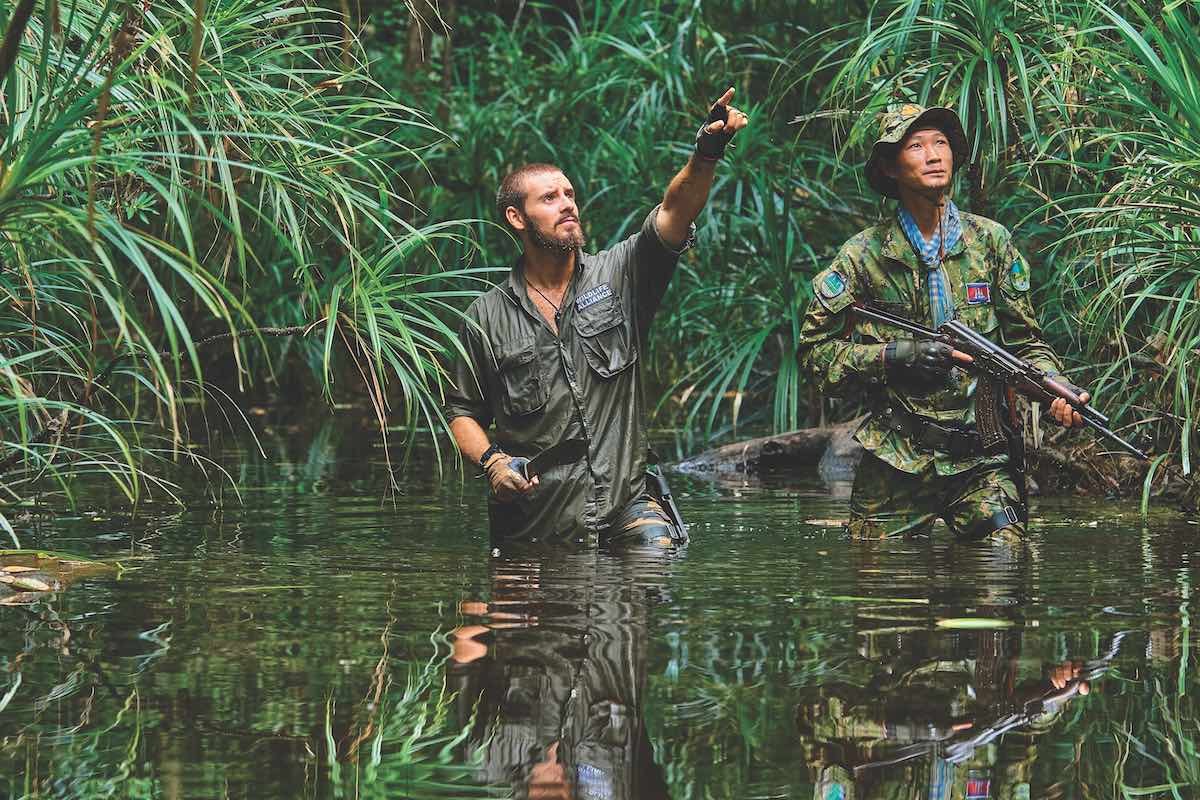Cardamom National Park, Cambodia
OVERVIEW
In the uneasy peace that followed the Cambodian Civil War, the Cardamom Mountains suffered rampant logging, poaching, and slash-and-burn agriculture as people struggled to find their way in this post-conflict era. The areas of the Cardamoms that survived that period, however, remain some of Southeast Asia’s most pristine expanses of wilderness.
Global Conservation is now fighting to protect Cardamom National Park from ongoing deforestation and wildlife poaching.
SIZE
820,000 Hectares
GOAL
$360,000
VISITORS BY 2030
30,000
Introduction
The Cardamom Mountains. The name evokes images of fervid green hills enveloped in mist, full of wild creatures that roam in the forest’s gloaming. That’s not far from the reality; Cardamom National Park and its surrounding mountains contain Southeast Asia’s largest surviving rainforest, a vast, exceptionally diverse wilderness which remains mostly unexplored.
ABC News Features Cambodia in one of four episodes premiering on Hulu and Disney+
One might imagine that the Cardamom Mountains still harbor the ghosts of the Khmer Rouge, who left this forest just over two decades ago. In the uneasy peace that followed the Cambodian Civil War, the Cardamom Mountains suffered rampant logging, poaching, and slash-and-burn agriculture as people struggled to find their way in this post-conflict era. The areas that survived that period, however, remain one of Southeast Asia’s most pristine expanses of wilderness.
Two hundred million hectares of rainforest once covered southern Asia, but only about 10 million hectares are left. One-fifth of that remaining forest is in Cambodia.
Natural Heritage
Cardamom National Park was gazetted in 2016, owing to the work of our partner, Wildlife Alliance.
The park consists of over 800,000 hectares of dense monsoon forest, melaleuca wetlands, mangroves, and a vast network of estuaries and rivers that course across the mountain slopes and into the Gulf of Thailand.
The Cardamom rainforest has the greatest watershed value of any forest in Cambodia, with a staggering rainfall of 3,500-4,500mm per year due to its dense evergreen forest cover and its position along the Gulf. Protecting this continuous forest canopy and the flow of water from the forest to the coast is a conservation priority for Cambodia.
This fragile forest conceals a menagerie of endangered wildlife species, including Malayan sun bears, elephants, gibbons, clouded leopards, Indian civets, banteng, dholes, gaur, and Sunda pangolins. In all, the park hosts more than 60 globally threatened animals and 17 globally threatened trees, many endemic to Cambodia. Here, one of the largest protected wild elephant populations in Southeast Asia rambles through one of Asia’s last unfragmented elephant corridors. In the rivers swim the exceedingly rare Irrawaddy dolphin, fewer than 100 of which remain in the world. Alongside those dolphins live some of the last populations on earth of Siamese crocodiles.
Though tigers have not been seen here for some time, tiger reintroduction to Cambodia was identified as a priority in the Cambodia Tiger Action Plan and was recently endorsed by the Cambodian Prime Minister Samdach Akka Moha Senabdeiy Techo Hun Sen. The Ministry of Environment, responsible for managing Cardamom National Park, is also supportive of tiger reintroduction into the Cardamom Rainforest Landscape in the coming years.
In all, the park hosts more than 60 globally threatened animals and 17 globally threatened trees, many endemic to Cambodia.
Saving Cardamom National Park
Despite its new protected status, illegal land clearing and wildlife poaching continue to threaten this park.
Cambodia faces some of the highest deforestation rates of any country in the world: over 15% of its forest has been cleared over the past 10 years.
Thousands of wildlife snares, which conservationists call “walls of death” for their ability to create fatal barriers to wildlife, are confiscated every year in the Cardamom region. In the depths of the unexplored forest, such activities are difficult to stop without daily aerial and satellite monitoring. Further, because of its highly desirable real estate location, industrial and community-level land grabbing and wildlife poaching continue to threaten Cardamom’s biodiversity on a daily basis.
To protect this park, Global Conservation, Wildlife Alliance, and the Ministry of Environment are deploying new technologies, including command and control, cellular trailcams, aerial surveillance and targeted ranger patrols for increasing the effectiveness of forest and wildlife protection. Wildlife Alliance builds rangers’ professional capacity and provides full support for their livelihoods. This enables them to focus completely on their duties and creates a culture of zero tolerance for corruption.
Global Park Defense provides critical technology and training for rangers and Wildlife Alliance teams.
Effective and well-managed patrolling is vital to stop commercial poaching, often involving deadly snares laid on the forest floor to catch wild animals on their way to drink in the rivers. Effective enforcement also deters illegal logging operations and forest clearing for agriculture and other land uses. It's absolutely critical that surveillance, patrolling and law enforcement are conducted on a daily basis.
We are determined not to let this forest disappear, the way that 95% of Asia’s rainforests already have.
Our rangers patrol 24/7 across 600,000 hectares of the Cardamom Rainforest Landscape, protecting the homes of elephants, clouded leopards, and gibbons so that this vast wilderness can remain wild.
Species Facing Extinction
In Cardamom National Park, we are working with our partners to protect the clouded leopard and Sunda pangolin.
Global Conservation is funding a multi-year Species Population Baseline study for clouded leopards and Sunda pangolins to ascertain progress in Park and Wildlife Protection from our investments in Global Park Defense in Cardamom National Park.
So few of these mysterious animals remain that scientists have been unable to estimate their population. Sunda pangolins are one of the world's most trafficked mammals. Over a million pangolins worldwide are estimated to have been poached from the wild since 2000, and they are predicted to decline by an additional 80% within the next two decades if they are not protected. GC is working across five national parks and World Heritage Sites in Asia to help save this critically endangered species.
There are two species of clouded leopard in the world, and GC sites have both of them! Just a few thousand individuals of both clouded leopard species remain across their ever-shrinking range in Asia. Illegal hunting for their skins and other body parts, habitat fragmentation due to human developments, and a lack of effective conservation efforts has led these animals to be listed as Vulnerable. Just 3,700-5,580 clouded leopards and 4,500 Sunda clouded leopards remain in the world.
Partners in Conservation
Wildlife Alliance is the leader in direct protection of forests and wildlife in tropical Cambodia. They specialize in on-the-ground interventions with government rangers and local communities, directly addressing the causes of deforestation and the illegal wildlife trade.
Wildlife Alliance helps recruit rangers, train them, and equip them. Rangers are taught how to conduct professional law enforcement, strengthen legal procedures through the judiciary system, and report large land-grabbing cases to local and central government. Rangers also learn how to document crimes for government interventions: all cases are documented with precise GIS data, photographic evidence, and detailed history of legal offenses.
Thirteen rural communities surround the perimeter of the Cardamom National Park. New community-led organizations, ecotourism, community rangers, and environmental education are increasing interest in protection and have already substantially raised the standard of living for participating communities. Wildlife Alliance assists these communities in developing livelihoods that do not damage the rainforest: either sustainable agriculture, ecotourism, or development of family-run small businesses. At the same time, community members are rallied to re-plant lost forest cover by enriching the soil and planting indigenous tree species. The goal is to help the forest watershed recover and replenish water reserves in the village water wells.
Over 5,000 people in the area have benefited from development of sustainable jobs, 8 communities have had their land zoned for alternative livelihoods, and six ranger patrol stations are conducting over 2,500 patrols per year.
Wildlife Alliance is also working on long-term sustainable financing for forest protection in the landscape through developing carbon credit revenues from the Southern Cardamom Reduction of Emissions from Deforestation and Forest Degradation (REDD+) project.


